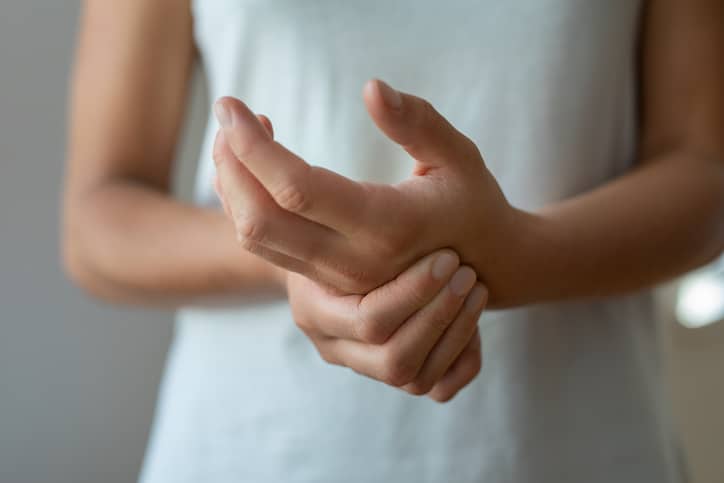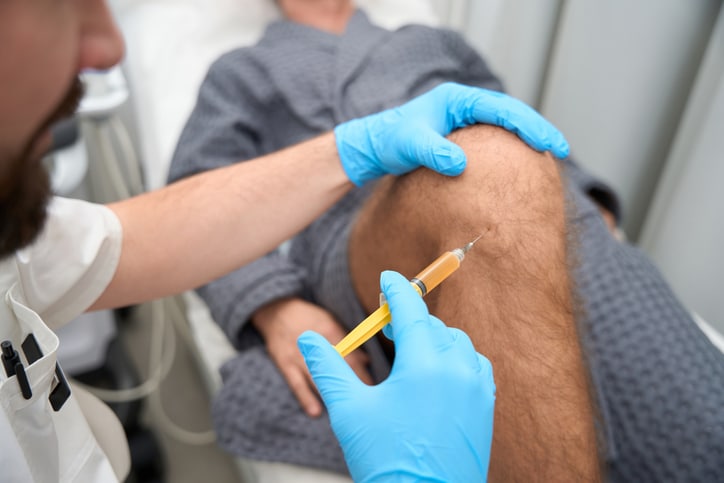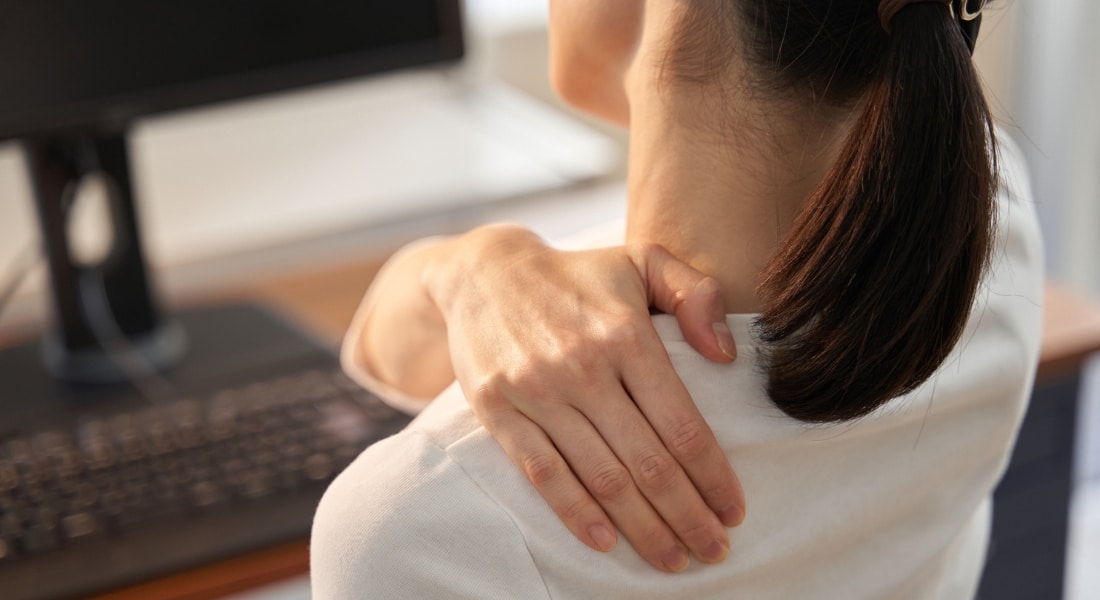Osteoarthritis often begins with a twinge in the knee, hip, or shoulder and sometimes ends with an artificial joint in our 60s or 70s.
But surgery isn’t the only option, especially when the condition is diagnosed early, before the joint breaks down completely, triggering a cascade of other chronic conditions.
“Osteoarthritis can lead to weakness of the legs and weight gain, and it can potentially worsen other medical conditions like diabetes and heart disease,” says Atinuke Aluko, MD, rheumatologist on the medical staff at Methodist Richardson Medical Center. “It’s a vicious cycle that can also affect mental health.”

Even young people can suffer from osteoarthritis when an injury or repetitive stress takes a toll.
Nearly 33 million Americans suffer from osteoarthritis — that’s 1 in 10 U.S. adults — and they spend about thousands of dollars a year on prescription drugs and other medical care. If they opt to have a joint replaced, that figure soars to tens of thousands of dollars, so finding a more conservative treatment often leads patients to specialists like Dr. Aluko.
“Osteoarthritis can affect everybody,” she says. “That makes it a little bit different from some diseases where it’s more common in certain age groups or men versus women.”
Dr. Aluko talked about osteoarthritis with a group from Methodist Generations, sharing the many nonsurgical treatment options available.
1. Lifestyle changes: Osteoarthritis occurs when repetitive motion or an injury damages the cartilage that connects and pads the ends of our bones. When there’s extra weight on those joints, the damage is compounded, and inflammation associated with obesity can worsen the pain. That makes losing excess weight through diet and exercise so important, Dr. Aluko says. Even losing a few pounds can provide major relief from joint pain.
2. Physical and occupational therapy: Most of us are familiar with physical therapy, which Dr. Aluko refers to as “supervised exercise.” A physical therapist can help set limits and determine what kinds of physical activity can provide the most relief when everything seems to hurt. Occupational therapy is different because it focuses on the arms and hands, the joints often hardest hit by osteoarthritis. “An occupational therapist can help audit your lifestyle and your home,” Dr. Aluko says. “They can come up with devices that can help, custom-made for you.”
3. Assistive devices: The effects of osteoarthritis can often be mitigated by wearing a brace or a splint on a joint that needs extra stability. Rheumatologists like Dr. Aluko may prescribe a knee brace to help a patient feel more confident or, in some situations, suggest the temporary use of a cane or walker to avoid a fall, especially for older arthritis sufferers who are at higher risk for fractures.
4. Stress management: The toll that arthritis takes on mental health is too often overlooked, Dr. Aluko says. She recommends mindfulness exercises like deep-breathing meditation or even tai chi, which can also help with balance and strength training. And when joint pain makes it tough to enjoy life, she says, it may be time to consult a therapist: “Sometimes talk therapy is really important to help get over some of the feelings of hopelessness.”
5. Pain medication: Medication may be the most common treatment to relieve arthritis pain, and there are many options to consider, both over the counter and with a doctor’s prescription. Dr. Aluko sometimes prescribes the anti-depressant duloxetine (also known as Cymbalta) to tackle both pain and anxiety associated with osteoarthritis. Of all the over-the-counter options, acetaminophen is her favorite.
“I like Tylenol a lot,” she says. “It may not work as well as ibuprofen or Aleve, for example, but as we get older, I worry about kidney disease with those pain relievers. Tylenol you can use every day.”
Salves and ointments are another option, whether it’s Bengay, Voltaren, Icy Hot, or capsaicin, which uses the chemicals that make peppers hot to block pain signals to the brain.

A steroid injection can provide immediate relief that lasts for up to three months.
6. Steroid injections: When other drugs fail, doctors may prescribe a steroid shot directly to the joint. These injections are most effective in large joints like the knee and shoulder, but they can also provide relief to the carpometacarpal (CMC) joint at the base of thumb. “I have patients who come back every three months to get them because in that time they have the quality of life that they’re looking for, and it’s worth it,” Dr. Aluko says.
With osteoarthritis, restoring that quality of life is the primary goal, while also preventing the disease’s progression and heading off other chronic diseases it can lead to, from diabetes to heart disease.
“Eventually, an orthopedic surgeon can also help,” Dr. Aluko says, “but my first step with patients is to get their story and determine whether more conservative treatments can give that story a happy ending.”






